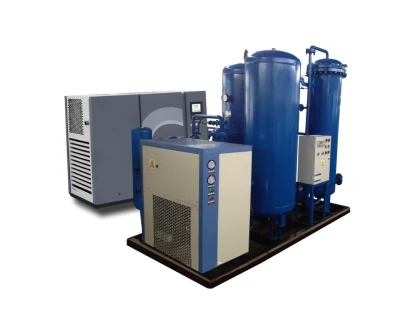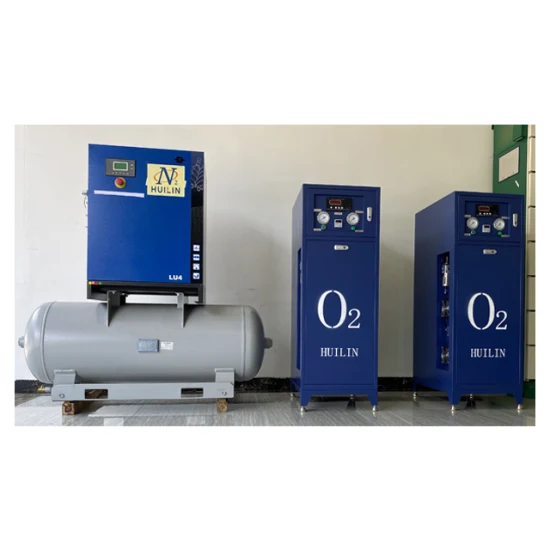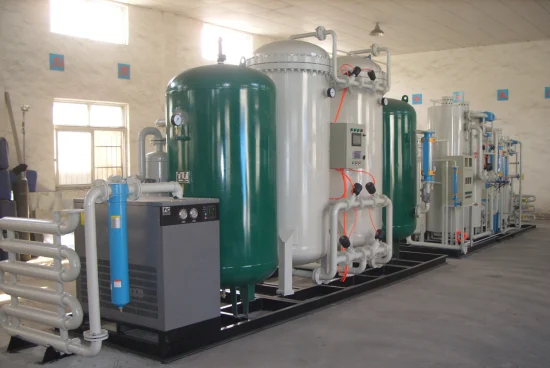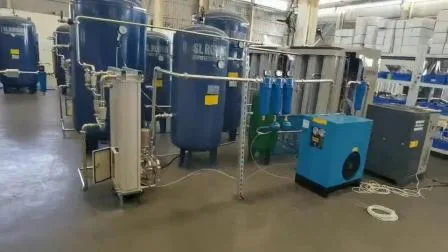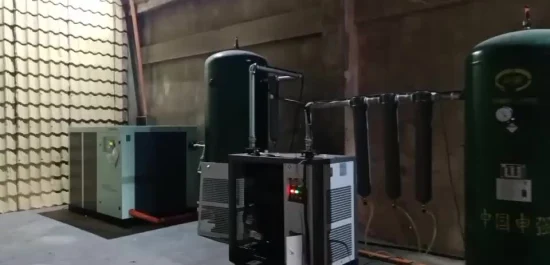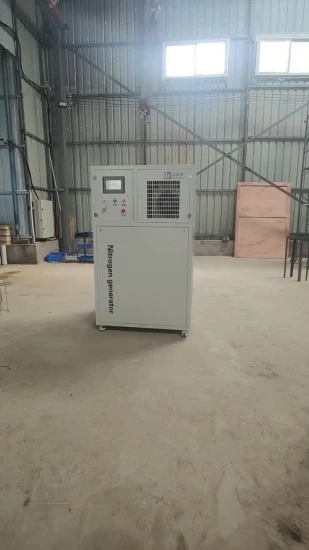
Lo3-40 Генератор озона Стерилизатор 40 г Генератор пищевого азота
Описание
Базовая информация
| Состояние | Ной |
| Сертификация | RoHS, UR, ISO, CE, CCC |
| Напряжение | 380В |
| Гарантия | 1 год |
| Введите | Монтируется/контейнерируется на салазках |
| чистота | 99-99,999 % |
| Основные компоненты | ПЛК, сосуд под давлением, электромагнитный клапан, молекулярный |
| Обслуживание клиентов | Инженеры доступны для обслуживания машин за рубежом, |
| Точка росы азота | -40 °С |
| продолжительность жизни | десять лет |
| Транспортный пакет | Экспортная стандартная деревянная коробка/поддон |
| Спецификация | 1000*1200*1500 |
| товарный знак | ЛДГ |
| Источник | Пекин, Китай |
| HS-код | 841960 |
| Производственная мощность | 500 |
Описание продукта
Упаковка пищевых продуктов производительностью 40 м3/ч, специальная азотная машина, чистота 99,99% LDH GAS Systems — китайский производитель, специализирующийся на газовых установках для производства азота, кислорода, системах очистки и т. д. Компактная система для азота высокой чистоты на раме. С 2017 года по всему миру было построено более 100 систем, системы завоевывают всеобщее уважение своей надежностью, экономичностью, удобством и отличным сервисом. Семейство систем LDH используется в различных отраслях промышленности: химической и нефтеперерабатывающей, нефтегазовой, электронной, авиационной и аэрокосмической, фармацевтической/здравоохранении, пищевой, металлургической, стекольной, угледобывающей и аквакультуре. Системы LDH – это воплощение синтеза передовых технологий и совершенных технологий производства. Наша цель — предоставить нашим клиентам более надежные, экономичные и удобные системы разделения воздуха LDH, а также более профессиональные услуги. Полное название генератора азота PSA: Адсорбция при переменном давлении (PSA). PSA — это новая технология разделения газов, которая быстро развивается за рубежом с 1960-х — начала 1970-х годов. Его принцип заключается в разделении газовой смеси с помощью молекулярных сит, основанных на разной «эффективности адсорбции» разных молекул газа. В качестве сырья используется воздух. Азот и кислород в воздухе разделяются путем селективной адсорбции азота и кислорода с высокой эффективностью и широким спектром твердых адсорбентов.
В настоящее время для производства азота и кислорода чаще используются углеродные молекулярные сита и цеолитовые молекулярные сита. Разделение кислорода и азота молекулярными ситами в основном основано на различной скорости диффузии двух газов на поверхности молекулярного сита. Углеродное молекулярное сито представляет собой адсорбент на основе углерода с некоторыми характеристиками активированного угля и молекулярного сита. Углеродные молекулярные сита состоят из очень маленьких микропор с размером пор от 0,3 до 1 нм. Меньший диаметр газа (кислорода) быстрее и лучше диффундирует в твердую фазу молекулярного сита, так что обогащение азота в Газовая фаза может быть достигнута. Через определенное время молекулярное сито с адсорбцией кислорода уравновешивается, что соответствует углеродному молекулярному ситу под разным давлением при адсорбции различных газов. Характеристики адсорбции: Уменьшите давление, чтобы удалить углеродное молекулярное сито при адсорбции кислорода. Этот процесс называется регенерацией. PSA обычно использует две параллельные башни, чередуя адсорбцию под давлением и регенерацию с декомпрессией для получения непрерывного потока азота.
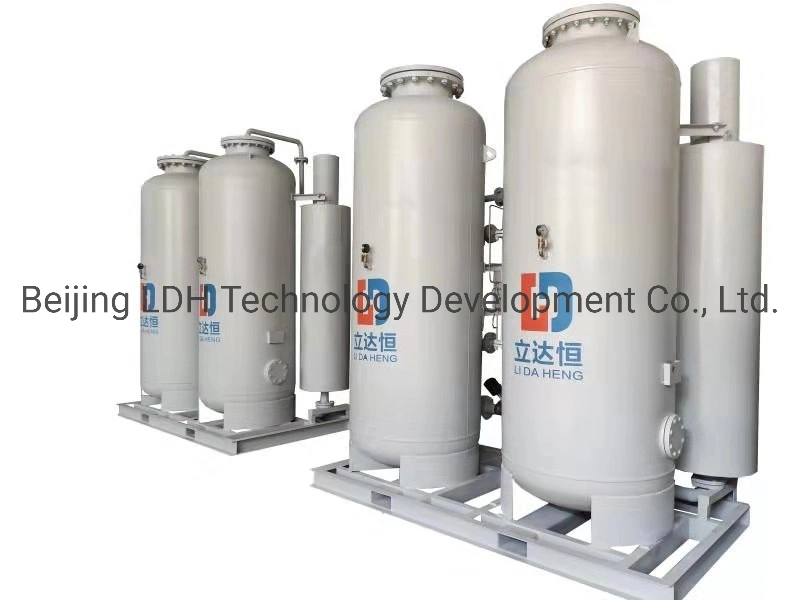
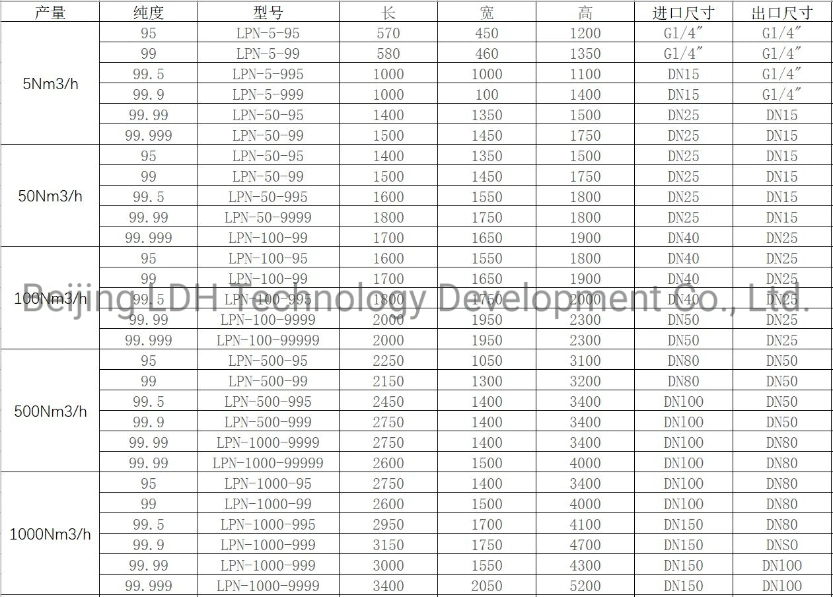
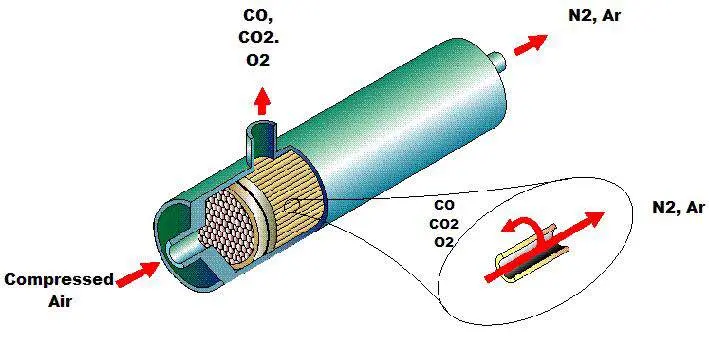
3) Spare Parts ServiceWorldwide, quick and low-priced over the complete lifetime of your plant. The distinct tagging of all plant components delivered by us enables us to identify clearly the spare parts requested by you. We supply you with products designed for a long life and economic efficiency. For modifications and extensions we look for the most optimal and economic solution for your individual purpose. 4) Maintenance/RevisionsRegular inspection and maintenance ensures permanent operation, avoids damage and prevents unexpected breakdowns. In the course of maintenance/revision works we check all relevant components for function and condition, exchange defect, used and worn parts and afterwards optimally eadjust your plant to the given operating conditions. Depending on the plant size and scope of work, our service range comprises also a detailed scheduling of revisions as well as coordination and supervision of contractors. As a matter of course we supply maintenance documentation in form of reports and spare part recommendations, and we coordinate our schedules according to your requirements. 5) TrainingKnow-how for your personnel. Operation, maintenance and repair, electric measuring and control equipment or process engineering - we offer you specific training by our experts. Whether on site working with theplant itself, or on our permises, we concentrate on your questions and problems. What is a Packaging Gas?Air contains approximately 78% nitrogen, 21% oxygen and a variable amount of moisture. When exposed to air, foods such as potato chips absorb moisture and go stale and soggy quickly. Atmospheric oxygen also reacts with the unsaturated fatty acids present in foods, resulting in rancid off-flavours. Consequently, it is always a challenge faced by food manufacturers in preserving the desirable quality and prolonging the shelf life of food products.The use of packaging gas is an effective solution. A packaging gas is a gas that is introduced into a package before, during or after filling with food to protect the food from oxidation or spoilage. Examples include nitrogen, carbon dioxide and nitrous oxide. Nitrogen has a long history of use as a packaging gas in various foods including snacks, breakfast cereals, candies, bakery products, dried fruits and vegetables, and processed meat products.Nitrogen Does More than a Packaging GasNitrogen has found its way to the brewery and coffee industries where nitrogen is infused in beer or cold brew coffee to make 'nitro beer' or 'nitro brew', giving the final product a richer and creamier mouthfeel.How does Nitrogen Work as a Packaging Gas?Unlike the air you breathe every second, nitrogen used in food packaging contains very little oxygen and moisture. Nitrogen is inert (i.e. not reacting with any food components), odourless and tasteless. When nitrogen is introduced into a package, it drives out oxygen and any moisture present. By modifying the atmosphere inside the package, food packaging with nitrogen preserves quality, slows down spoilage and extends the products' shelf life.Nitrogen also cushions and protects delicate foods inside the package from being crushed during handling. Nonetheless, the amount of nitrogen used should provide enough protection but not too much to allow space for additional expansion due to pressure changes in transit and during storage.The package, with low gas permeability, must be sealed tightly to prevent the nitrogen from escaping. Once you open the package, the food inside is exposed to atmospheric air containing oxygen and moisture. Without protection from an immediate, controlled environment, the contents are then prone to moisture pickup, spoilage and oxidation. Therefore, it is best to consume the food products as soon as possible once the package is opened.Food suppliers are always seeking ways to extend shelf life. Improved shelf life allows manufacturers to extend their geographical reach and allows the product to remain in stores and consumer's homes longer. Modified Atmosphere Packaging (MAP) is a technique commonly used in the food processing industry to extend shelf life. The MAP process involves displacing the air inside a package with a protective gas to keep oxygen at controlled levels (less than 2 percent). Too much oxygen and moisture in a package often leads to bacterial growth and oxidation resulting in spoilage, inconsistent flavors, poor product quality, and shortened shelf life. Nitrogen is frequently used as a protective gas because of its dry, inert qualitiesSources of nitrogenNitrogen can be obtained from outside suppliers in the form of high-pressure tanks, dewars, or bulk liquid supply. Nitrogen can also be produced on-site using standard compressed air with an in-house nitrogen generator. An in-house generator separates nitrogen and oxygen from the air, and can often be the most efficient and economical method of supplying nitrogen for MAP applications.Disadvantages of a delivered nitrogen supplyRelying on outside vendors can pose several challenges including uncontrollable price increases, contract negotiations, tank rental fees, adherence to OSHA requirements, hazardous material fees, delivery surcharges, and local and state taxes. Problems such as scheduling conflicts, delivery delays, and lengthy procurement processes can slow down operations.This all adds up to extra administrative work and higher operational costs. The delivery approach also doesn't fit the trend toward lean production techniques and developing fewer, more efficient supply chains. Precautions must also be taken when handling and storing high pressure cylinders. A dangerous situation can be created if a cylinder is dropped and a valve is broken off, potentially causing the cylinder to become a projectile.Operational benefits of generating nitrogen on-siteGenerating your own supply of nitrogen in-house eliminates the challenges associated with outside vendors and ensures long-term cost stability. Generating nitrogen in-house is also good for the environment and represents a sustainable approach to supplying the gas. Producing nitrogen off site at fractional distillation plants and transporting it to end users is energy intensive and can result in large amounts of CO2 emissions.
Пред: Рефрижераторный осушитель сжатого воздуха с воздушным охлаждением
Следующий: Высокопроизводительный генератор кислорода для очистки воды озоном
Наш контакт


